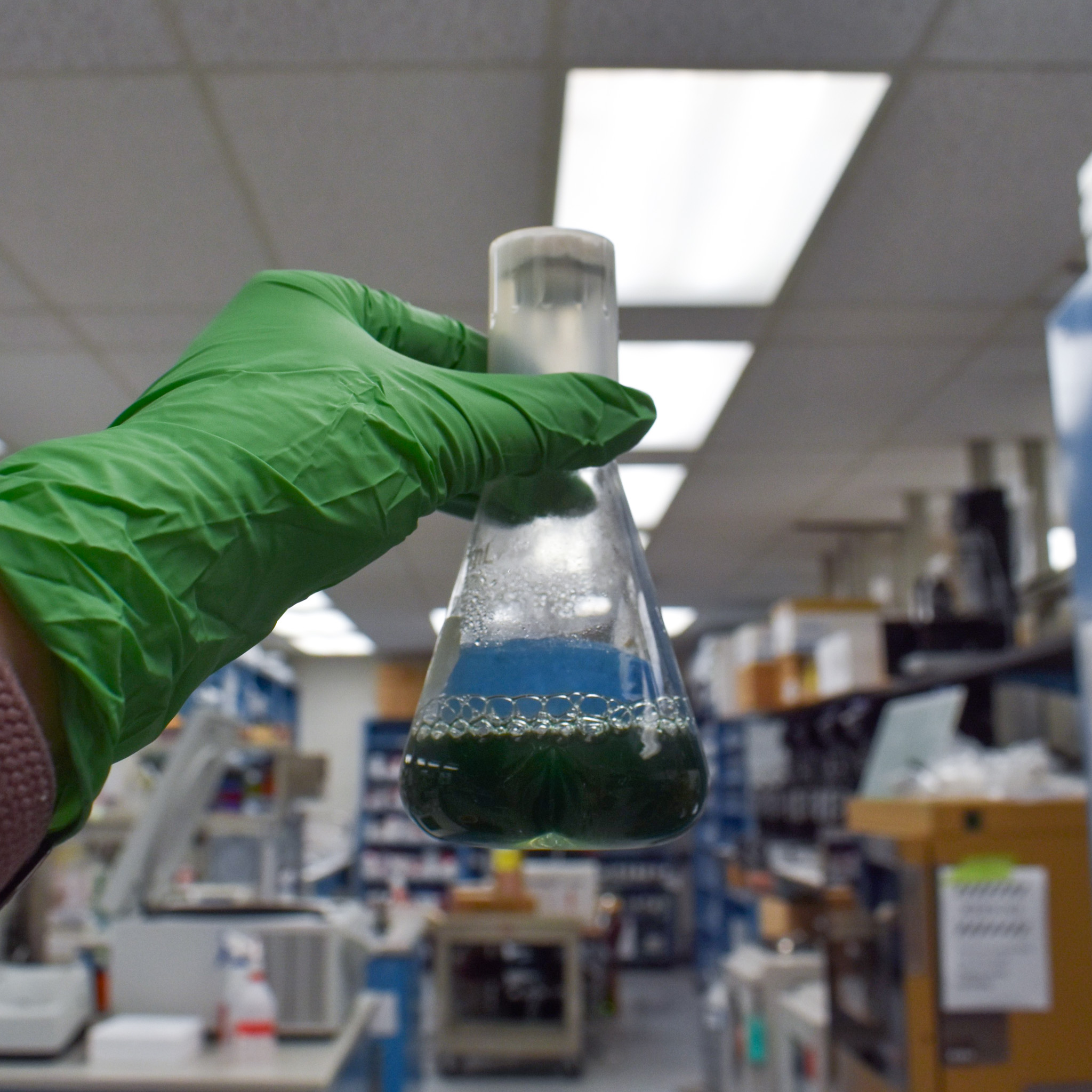Huntingtin’s new interaction site: a tale of DNAJB1 and HTT’s proline-rich domain
Huntington´s disease (HD) is a hereditary neurodegenerative disorder caused by a mutation in the protein huntingtin (HTT). HTT is a large ubiquitous protein of 3144 amino acids that is processed by caspases resulting in smaller fragments, with the functions of these fragments being highly unknown. In HD, the first fragment (HTTExon1) has an extended sequence of glutamine (Q) amino acids, which causes HTT to aggregate and leads to neurotoxicity 1 2. The extended polyQ region in HTTExon1 is responsible for forming amyloid fibrils that can be detected in neurons of HD patients 3,4. The formation of amyloid fibrils is further regulated by the polyQ-flanking domains, the N17 and the C-terminal proline-rich domain (PRD) 5–7.
Read more on Nature.



